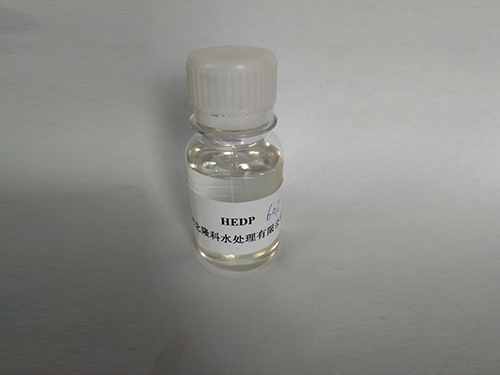Role of Poly Aluminium Chloride in Water Purification Processes
Function of Poly Aluminium Chloride in Water Treatment
Water treatment is a crucial process aimed at making water suitable for specific purposes, whether for drinking, industrial use, or agricultural applications. Various chemicals are employed during this process to enhance the quality of the water, one of the most effective of which is Poly Aluminium Chloride (PAC). This article explores the functions and benefits of PAC in water treatment.
What is Poly Aluminium Chloride?
Poly Aluminium Chloride is a polymeric compound that acts as a coagulant in water treatment processes. It is formed by the hydrolysis of aluminum chloride to create a complex mixture of aluminum hydroxides and oligomers. PAC is favored over other coagulants due to its efficiency, ease of use, and cost-effectiveness. It is often supplied as a liquid, making it convenient for various applications.
Coagulation and Flocculation Processes
The primary function of PAC in water treatment is in the coagulation and flocculation process. When raw water is collected, it often contains suspended particles such as sediments, organic matter, and microorganisms that make it unsuitable for consumption. Coagulation involves the addition of PAC to the water, where it neutralizes the negative charges on particles, allowing them to clump together to form larger aggregates known as flocs.
These flocs are then removed from water through sedimentation or filtration. The pH and temperature of the water, along with the concentration of PAC, are essential factors that determine the effectiveness of this process. PAC works efficiently across a broad range of pH levels, making it suitable for various water qualities.
Enhanced Performance
One of the outstanding characteristics of PAC is its ability to work effectively in low doses. Compared to traditional coagulants like aluminum sulfate, PAC requires significantly lower quantities to achieve the same or better results. This not only reduces chemical costs but also minimizes waste generation, leading to an overall more sustainable treatment process.
function of poly aluminium chloride in water treatment

PAC offers improved settling properties, meaning that the formed flocs settle rapidly compared to those created with other coagulants. This accelerated settling allows for quicker processing times in treatment plants, enhancing operational efficiency. Furthermore, PAC has the ability to remove color and turbidity from water, providing clearer and more aesthetically pleasing water output.
Application in Various Water Sources
Poly Aluminium Chloride is versatile and can be used in treating different types of water, including surface water, groundwater, and wastewater. In surface water treatment, PAC effectively addresses challenges posed by high turbidity levels that are common in rivers and lakes, particularly after rainfall events. In groundwater applications, it assists in removing dissolved organic substances, ensuring that the final product meets regulatory standards for drinking water.
In wastewater treatment, PAC plays a role in the removal of heavy metals and other contaminants, making it a suitable choice for industries seeking to treat effluents before discharge. Its ability to neutralize and aggregate fine particles enhances the overall quality of treated water and contributes to the environmental sustainability of industrial operations.
Environmental Impact
The use of PAC in water treatment presents several environmental benefits. As it generates less sludge compared to conventional coagulants, it contributes to reduced landfill burdens. Moreover, the effective removal of pollutants and contaminants helps protect aquatic ecosystems and improves water quality in receiving bodies of water.
Conclusion
Poly Aluminium Chloride is an indispensable chemical in modern water treatment practices, offering enhanced coagulation and flocculation capabilities that significantly improve water quality. Its efficiency, cost-effectiveness, and environmental benefits make it a preferred choice among water treatment plant operators. As water scarcity and quality issues continue to challenge many regions globally, the role of PAC in ensuring access to clean and safe water becomes increasingly vital. With ongoing research and development, PAC will likely become even more integral to innovative water treatment solutions in the future.
-
Pbtc Scale InhibitorPBTC: A Scale Protector for Industrial Water TreatmentNewsAug.05,2025
-
Organic Phosphonate: An Efficient Defender in the Field of Scale InhibitionNewsAug.05,2025
-
Hydrolyzed Polymaleic Anhydride: Green Pioneer in Scale Inhibition FieldNewsAug.05,2025
-
PAPEMP Polyamino Polyether Methylene Phosphonic Acid For SaleNewsAug.05,2025
-
Flocculant Water Treatment: A Pioneer in Purification in the Field of Water TreatmentNewsAug.05,2025
-
Benzyl Isothiazolinone: An Efficient and Broad-Spectrum Antibacterial Protective GuardNewsAug.05,2025





